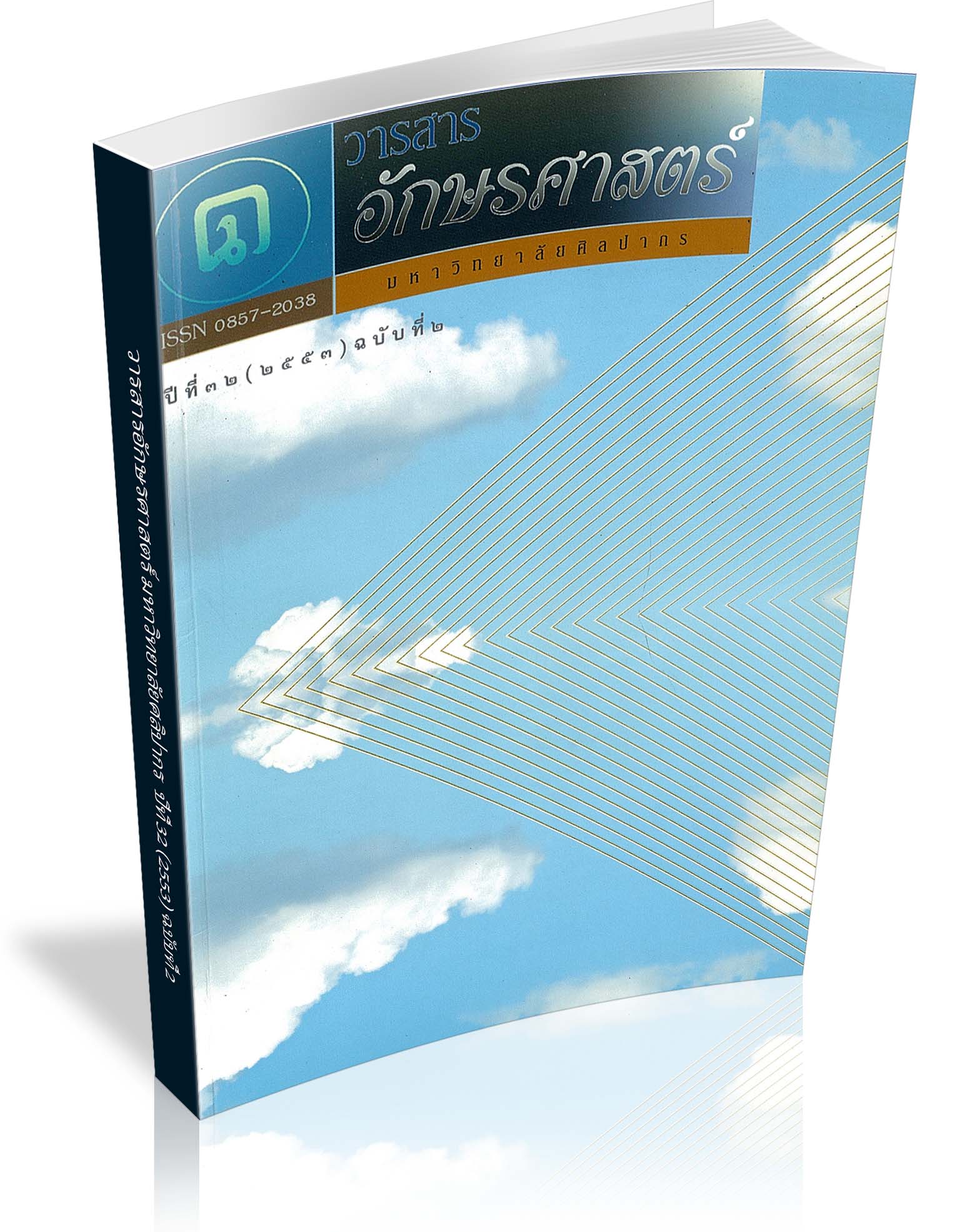Changes in the Buddha Amulet Concept from the Early Rattanakosin Period to World War II
Keywords:
Beliefs, Buddha Amulets, Buddhist CommerceAbstract
This article aims to study the changes in the concept of creating Buddha amulets from the early Rattanakosin Period to World War II. The results showed that the factors that compelled votive tablets to be transformed into Buddha amulets ware social. They included changes in the concept of Buddhism, the spread of cholera, the influences of medal creation, and the collection of medals as antiques. These factors steadily changed votive tablets into Buddha amulets. World War II was the main event that caused Buddha amulets to become popular, and it is considered to represent the beginning of the period of Buddhist Commerce that prevails until now.
Downloads
References
วรางคณา นิพัทธ์สุขกิจ, หนังกวาง ไม้ฝาง ช้าง ของป่า การค้าอยุธยา สมัยพุทธศตวรรษที่ ๒๒-๒๓ (กรุงเทพฯ : เมืองโบราณ, ๒๕๕๐), ๑๗๔.
ดูรายละเอียด ใน นิธิ เอียวศรีวงศ์, “วัฒนธรรมกระฎุมพีในวรรณกรรมต้นรัตนโกสินทร์” ปากไก่และใบเรือ พิมพ์ครั้งที่ ๓ (กรุงเทพฯ : แพรวสํานักพิมพ์, ๒๕๔๓), ๑๗-๒๖๙.
การจ่ายเงินแทนการเข้าเดือนนั้นเริ่มมีขึ้นมาตั้งแต่สมัยอยุธยาตอนปลาย ใน วรางคณา นิพัทธ์สุขกิจ, หนังกวาง ไม้ฝาง ช้าง ของป่า การค้าอยุธยา สมัยพุทธศตวรรษที่ ๒๒ - ๒๓ (กรุงเทพฯ : เมืองโบราณ, ๒๕๕๐), ๑๗๓.
เสภาเรื่องขุนช้าง-ขุนแผน (กรุงเทพฯ : บรรณาคาร, ๒๕๑๓), ๔๑๔.
“เครื่องรางตะกรุดลงองค์ภควัม บริกรรมเสกเป่าเข้าทันใด” ใน เสภาเรื่องขุนช้าง-ขุนแผน (กรุงเทพฯ : บรรณาคาร, ๒๕๑๓), ๖๙๓.
Downloads
Published
How to Cite
Issue
Section
License
ผู้เขียนบทความต้องยินยอมในข้อกำหนดต่าง ๆ ของวารสารก่อนส่งบทความตีพิมพ์




